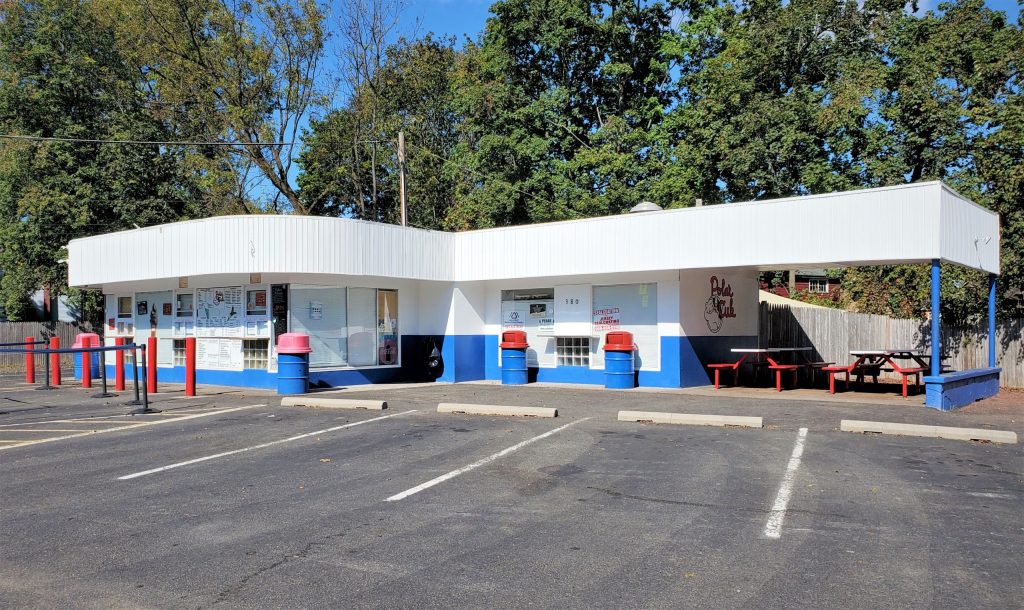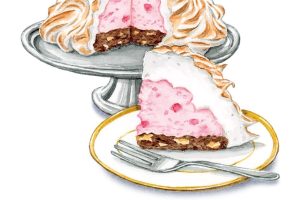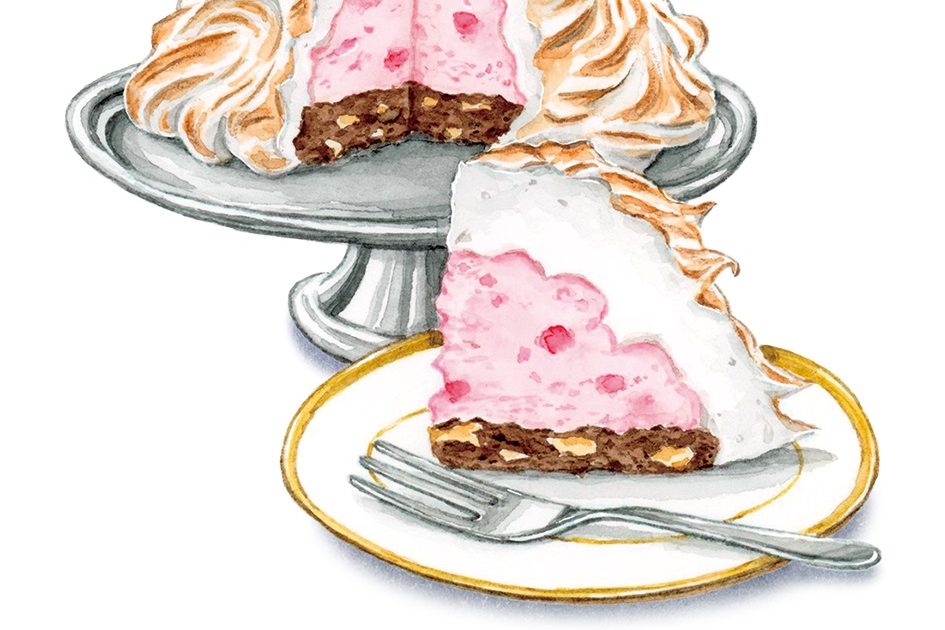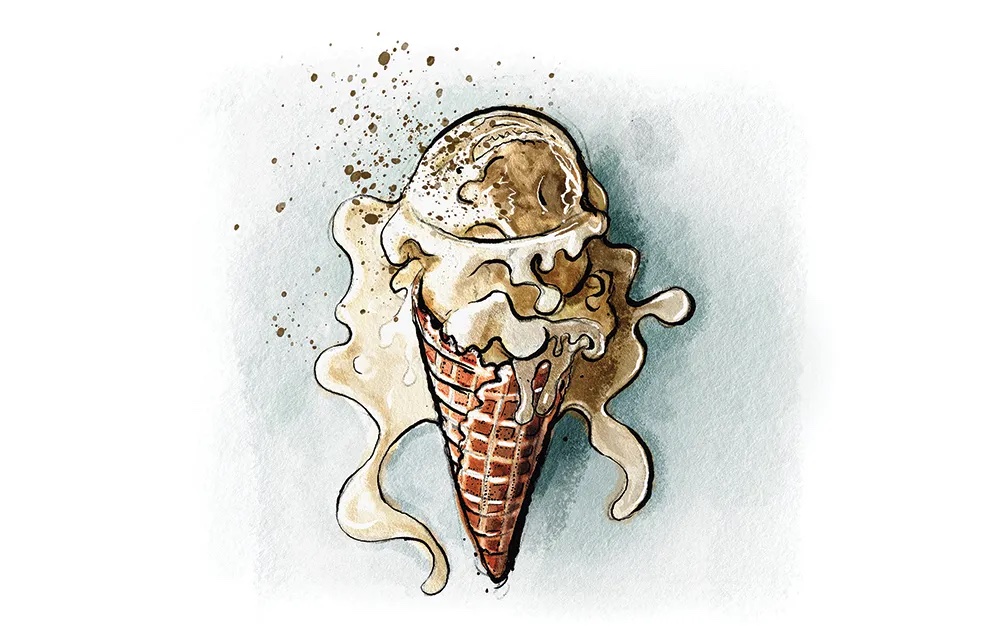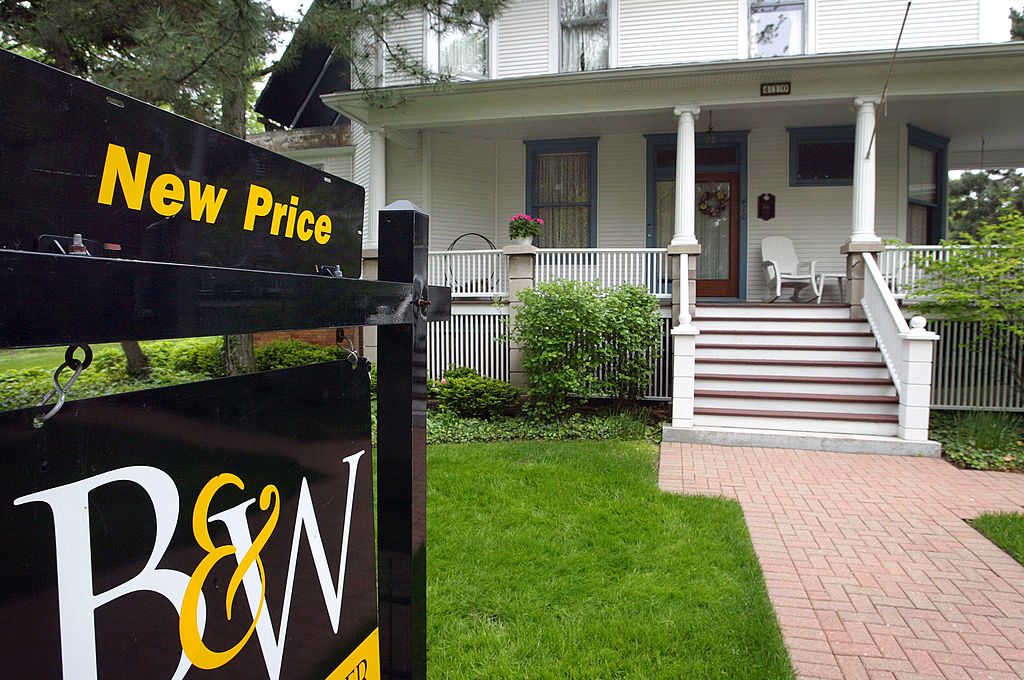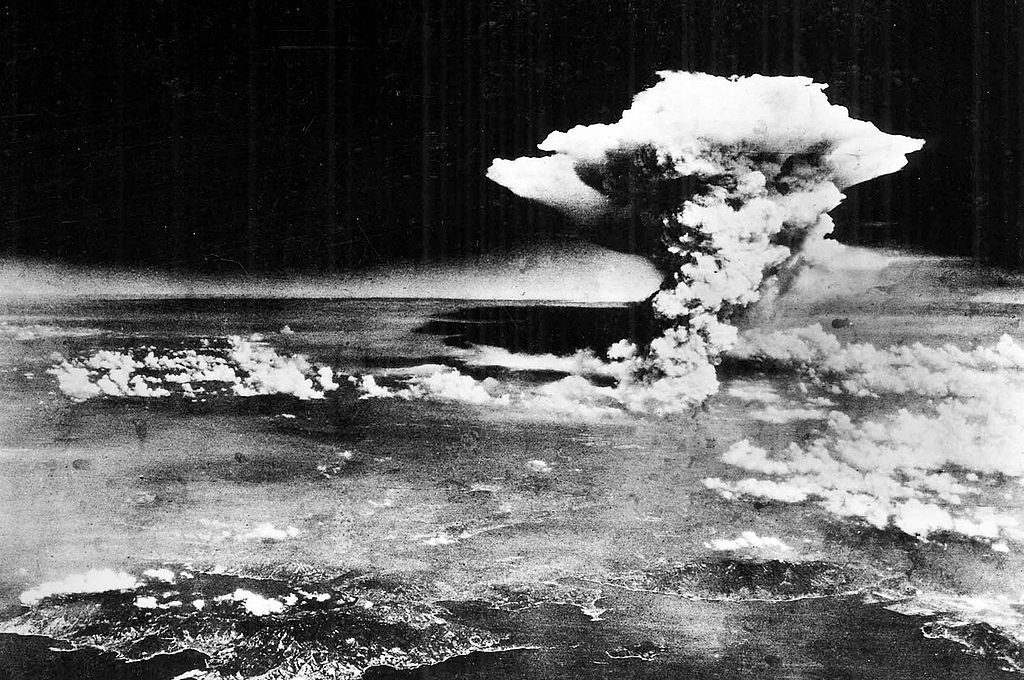When I’m out on small New Jersey roads — sometimes Virginia roads, but I don’t see them there as often — I always take an extra second to look at ice cream stands. You know the place: a basic, boxy building with a little awning, an ornamented, angular front, one or two counters to order, and more often than not no inside seating or even a customer entrance.
The staff are usually high-schoolers, maybe retirees. The prices, like everything, have crept up, but they’re still wallet-friendly. They’re refreshingly un-trendy, too. Nobody manhandles your ice cream on a frozen rock.
I love these places. I have many fond memories of my parents pulling off the road for ice cream, sitting at a simple table on gravel under an awning and enjoying a treat. Simplicity. Contentment. It takes so little time to pull off and park. There’s hardly anything more oriented around the car, and yet somehow these buildings and properties are comfortable, familiar, unimposing, and inviting when you’re on foot, as well as behind the wheel.
These places almost always operate seasonally, and I remember sometimes going on the first or last day of service. If the weather was unusually warm, they might stay open into September or even October. When I was a kid, I loved getting ice cream in the winter (one of the most frequent things adults I knew growing up remember about me is that I used to wear shorts in winter). So when our usual ice cream stand (on US 22 between Whitehouse Station and Branchburg, if you care to know) closed for the season, there was an indoor ice cream parlor that I sometimes convinced my parents to take me to.
Sometimes new ice cream stands in this classic pattern — no indoor seating, low-key menu, small building — open up. Frequently they occupy existing structures. There are a couple not far from my parents’ house in New Jersey (although one is larger, and more like a restaurant than a stand).
These new ones can have a deliberate, self-conscious feel to them, sort of like the quirky (and frequently thematic and unsettling) retro-style video games made today. They’re homages. But some get the vibe just right. It’s an infrequent thing to start fresh these days, and I love to see it.
There’s something a little sad and lonely about retail or dining forms like this — things that are still operating, but that aren’t really made anymore. One day, there will perhaps be a last roadside ice cream stand in America, just as there’s a last tourist court on the Lincoln Highway. The process by which everyday things slowly disappear is confounding. A mystery. What is an antique but something that used to be common?
These stands, frequently hailing from many decades ago, are also part of a sort of roadside fossil record. You can guess what the stage of roadside development was at the time they were built, and how long that corridor has been settled in an auto-centric pattern.
This gradual yet dramatic shift brings to mind a bit from a 1979 article about the Rockville Pike in Maryland, about a produce vendor:
“When I came here in 1946, Rockville Pike was a little snaky road north of Bethesda. It was a single lane, there were woods all around.” Those were the days when peach sales were higher — 1,000 bushels a week — and Serio would pile cantaloupes right along the road.
The changes that have come to the Pike are not lamented by the vegetable man. “We grew with the area,” he said. “I’m tickled to death to see it grow.” He is tickled, in particular, by the fact that of all the produce markets that once lined the road, his is the only survivor.
The fact that he was happy to see the country road transform into one of the region’s premier sprawl corridors is interesting, and may speak to how attitudes on growth and development have changed — another example of gradual but dramatic change. But going in just three decades from being a produce vendor to the last produce vendor on Rockville Pike is just… spooky. Wasn’t there a Twilight Zone episode like that?
I frequently see old images (sometimes black and white) of ice cream stands on the old-timer Facebook groups I belong to. There were many more of them around here, before the land values were too high for such a low-intensity business to pencil out. Sometimes I forget that the median built environment in America is much older than what I see every day here in the DC suburbs, and that when it feels like something is “vanishing,” it’s often just vanishing within a 30-mile radius of where I live.
Nonetheless, the classic ice cream stand, and the sort of land use regime and small-scale commerce that it typifies and harkens back to, is rarer than it should be.
Who knew buying a medium chocolate-vanilla twist was an act of public service and historic preservation?



